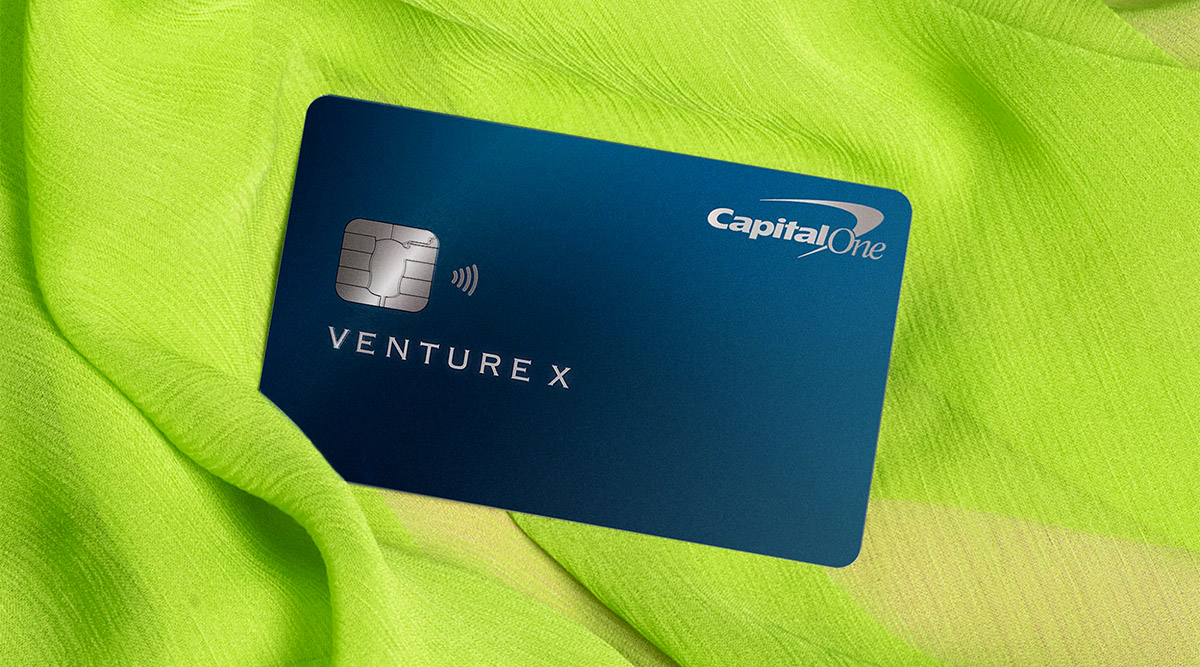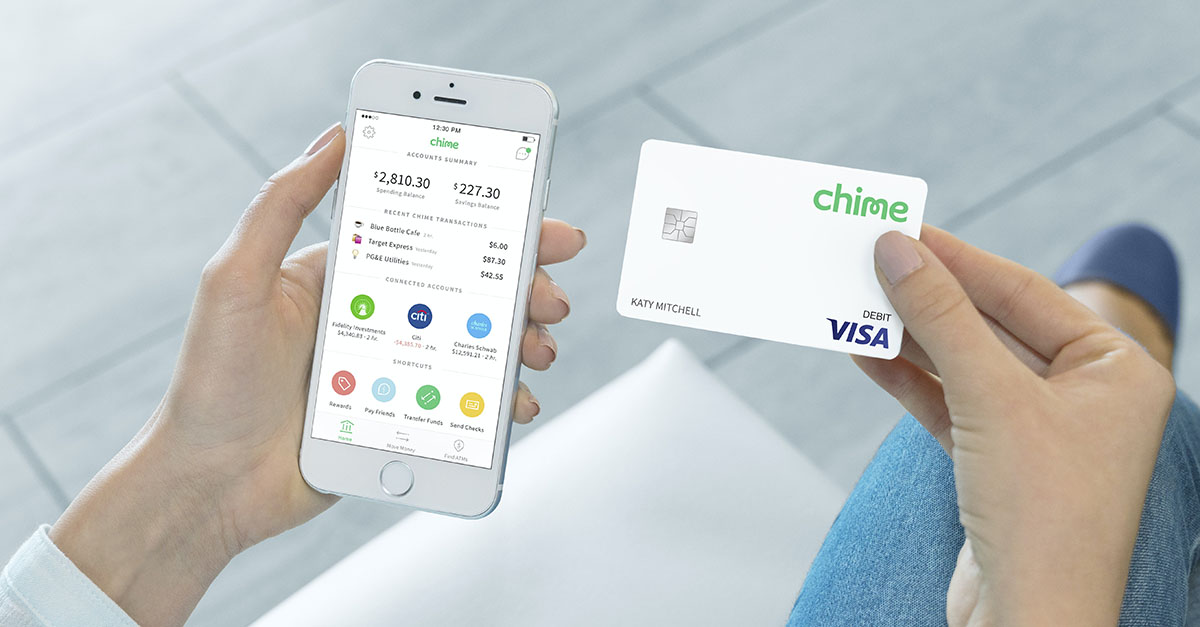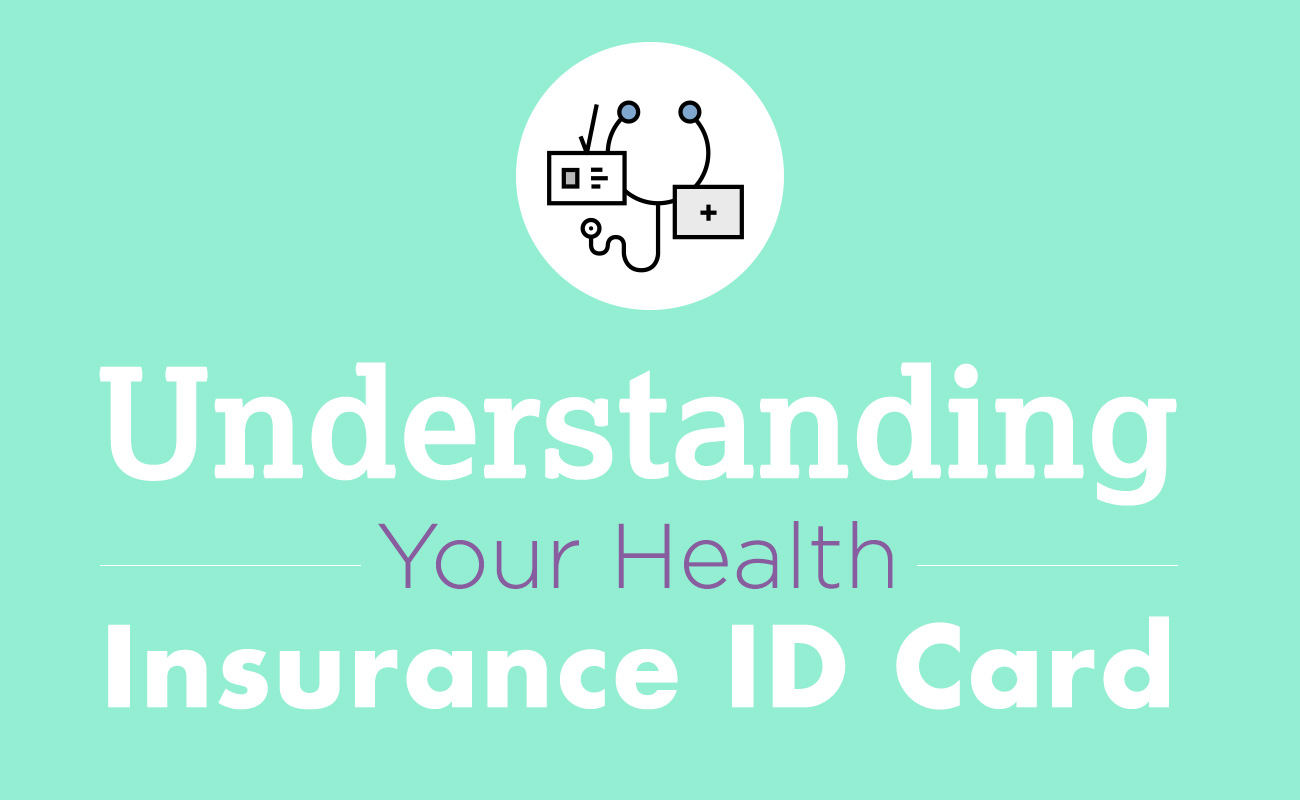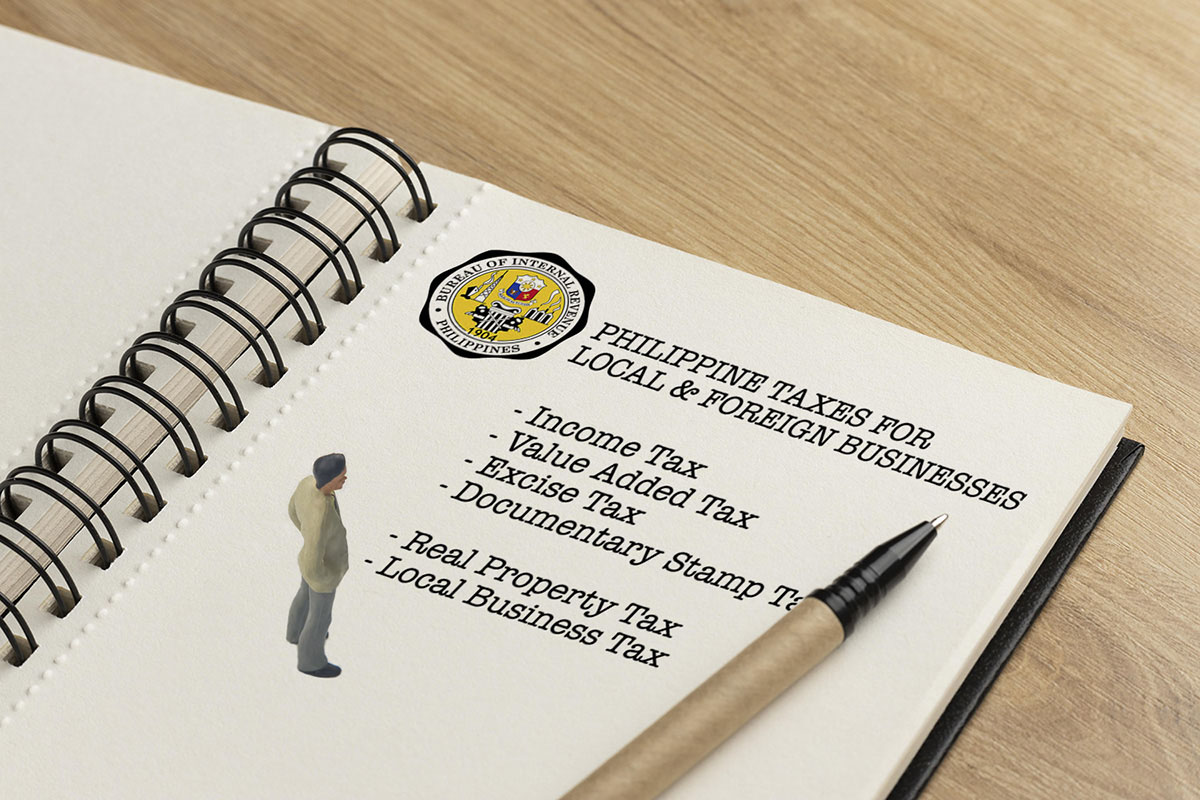

Finance
What Is My Member Number For Credit Union
Published: January 5, 2024
Discover your member number for Credit Union and access your financial information with ease. Experience seamless banking with our trusted finance services.
(Many of the links in this article redirect to a specific reviewed product. Your purchase of these products through affiliate links helps to generate commission for LiveWell, at no extra cost. Learn more)
Table of Contents
Introduction
Welcome to the world of credit unions! If you are a member of a credit union, you may have heard about your member number. But what exactly is a member number and why is it important? In this article, we will explore the concept of credit union membership and help you understand how to find your member number.
Credit unions are financial institutions that are owned and operated by their members. Unlike traditional banks, credit unions operate as not-for-profit organizations, prioritizing the financial well-being of their members rather than maximizing profits. As a result, credit unions often offer lower fees, competitive interest rates, and personalized customer service.
When you join a credit union, you become a member-owner, and you are assigned a unique identification number known as your member number. This number serves as a way to identify your membership and allows the credit union to keep records of your accounts, transactions, and interactions. Think of it as your personal key to accessing the services and benefits offered by your credit union.
Now that we have a basic understanding of credit union membership and member numbers, let’s delve into finding your member number and the various ways you can retrieve it.
Understanding Credit Union Membership
Before we explore how to find your member number, let’s take a closer look at what credit union membership entails. Joining a credit union is typically open to a specific group of individuals who share a common bond, such as being employees of a certain company or belonging to a certain community or organization. This shared bond forms the foundation of credit union membership.
Unlike traditional banks, which are for-profit institutions owned by shareholders, credit unions are member-owned. This means that as a member, you have a say in the operations and governance of the credit union. You have the ability to vote in elections for the board of directors and can even run for a position on the board yourself.
Credit unions offer a range of financial products and services, including savings and checking accounts, loans, credit cards, mortgages, and investment options. These services are often tailored to meet the unique needs of their members, and credit unions are known for their customer-centric approach and dedication to providing affordable financial solutions.
When you become a member of a credit union, you gain access to the benefits and advantages that come with it. This can include higher interest rates on savings accounts, lower loan rates, fewer fees, and personalized customer service. Additionally, credit unions prioritize financial education and often offer resources and programs to help their members make informed financial decisions.
Overall, credit unions provide a more personalized and community-oriented banking experience compared to traditional banks. By becoming a member, you not only gain access to a wide range of financial services, but you also become part of a cooperative financial institution that exists to serve its members rather than generate profits for shareholders.
Now that we have a solid understanding of credit union membership, let’s move on to the next section and explore how to find your member number.
Finding Your Member Number
So, you’re a member of a credit union and you’re wondering how to find your member number. Don’t worry, it’s easier than you might think. There are a few different ways you can locate your member number, depending on the credit union you are affiliated with.
1. Membership Welcome Packet: When you initially join a credit union, you will often receive a membership welcome packet. This packet contains important information about your membership, including your member number. It is typically provided in physical format or sent electronically to your registered email address. If you still have this packet, simply refer to it to find your member number.
2. Online Banking: Most credit unions have online banking platforms that allow members to access their accounts and manage their finances remotely. If you have already enrolled in online banking, your member number should be visible in your account profile or settings. Log in to your online banking platform and navigate to the “Profile” or “Account Information” section to locate your member number.
3. Contacting Customer Service: If you are unable to find your member number through the above methods, reaching out to your credit union’s customer service team is the next best step. They will be able to assist you in retrieving your member number by verifying your identity. Contact information for customer service is usually available on the credit union’s website or on any correspondence you have received from them.
Remember to have your identification documents handy when contacting customer service, as they may need to verify your identity before providing you with your member number. It’s always better to be prepared to ensure a smooth experience.
Once you have located your member number, it’s a good idea to write it down and keep it in a safe place. You may need it when conducting transactions, accessing online banking, or contacting customer service in the future.
Now that you know the various methods for finding your member number, you can easily access your credit union accounts and enjoy the benefits of membership.
Contacting Your Credit Union
If you have any questions, concerns, or need assistance regarding your credit union membership or your member number, it’s important to know how to contact your credit union. Thankfully, most credit unions offer multiple channels of communication to ensure that their members can easily reach out for support.
1. Phone: The most direct way to contact your credit union is by phone. Look for the contact phone number on your credit union’s website or any correspondence you have received from them. Dial the number and follow the prompts to reach the appropriate department or speak with a customer service representative. They will be able to assist you with any inquiries you may have, including finding your member number.
2. Email: If you prefer written communication or have a non-urgent question, you can also reach out to your credit union via email. Look for the email address on their website or any email communications you have received. Compose a message stating your query or concern, including your full name, account details, and any relevant information. Allow a reasonable amount of time for a response, keeping in mind that email response times may vary.
3. In-Person Visits: Some credit unions have physical branches where you can visit in person for assistance. If you prefer face-to-face communication or have more complex inquiries, visiting your local credit union branch can be a great option. Check your credit union’s website for branch locations and their operating hours. Remember to bring your identification documents as you may be required to verify your identity before discussing sensitive account information.
4. Online Support: Many credit unions have online support options, such as live chat or support forms, where you can interact with a representative in real-time or submit your questions electronically. Look for the online support options on your credit union’s website and follow the provided instructions. This can be a convenient way to seek assistance without having to make a phone call or visit a physical branch.
Remember to provide specific details and be clear about your inquiry when contacting your credit union. This will help the customer service representative better understand your needs and provide an appropriate solution or answer.
By utilizing these various communication channels, you can easily get in touch with your credit union and have any questions or concerns addressed. They are there to assist you and ensure that your membership experience is smooth and enjoyable.
Conclusion
Understanding your credit union membership and knowing how to find your member number are essential aspects of managing your financial affairs. By becoming a member of a credit union, you gain access to a wide range of financial products and services that are tailored to meet your needs, all while being part of a member-owned institution that prioritizes your financial well-being.
In this article, we discussed the concept of credit union membership and the importance of a member number. We explored how credit unions differ from traditional banks, emphasizing their cooperative and customer-oriented approach. Your member number serves as a unique identifier that allows the credit union to keep track of your accounts, transactions, and interactions.
To find your member number, you can refer to your membership welcome packet, access your online banking platform, or contact your credit union’s customer service. These methods ensure that you can easily retrieve your member number and access your accounts and benefits.
Remember to maintain a record of your member number in a safe place to ensure easy access in the future. In case you have any questions or need assistance, your credit union is just a phone call, email, or in-person visit away. They have dedicated customer service teams ready to help you with any inquiries you may have regarding your membership or member number.
By being proactive and informed about your credit union membership, you can make the most of the personalized financial services and support that credit unions offer. Enjoy the benefits of membership and take advantage of the lower fees, competitive interest rates, and the strong sense of community that credit unions provide.
Thank you for joining us on this journey to understand credit union membership and finding your member number. We hope this article has provided you with valuable information and empowered you to navigate your credit union experience with confidence.














